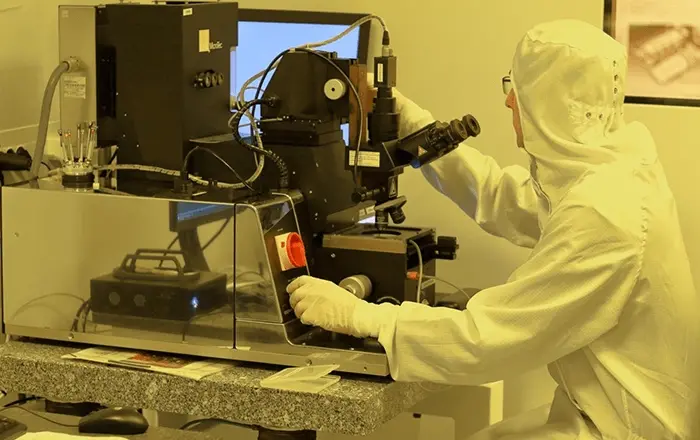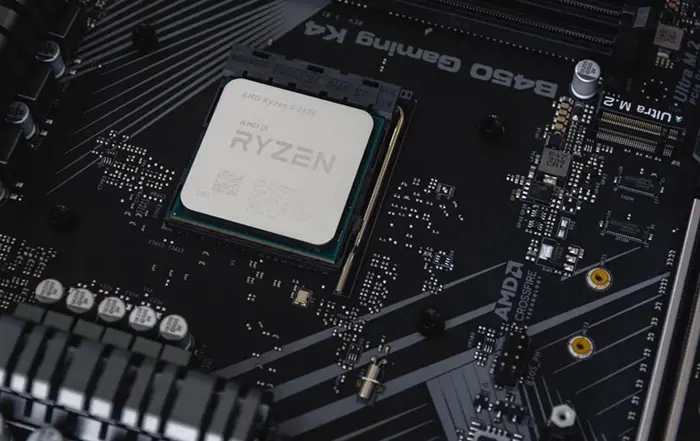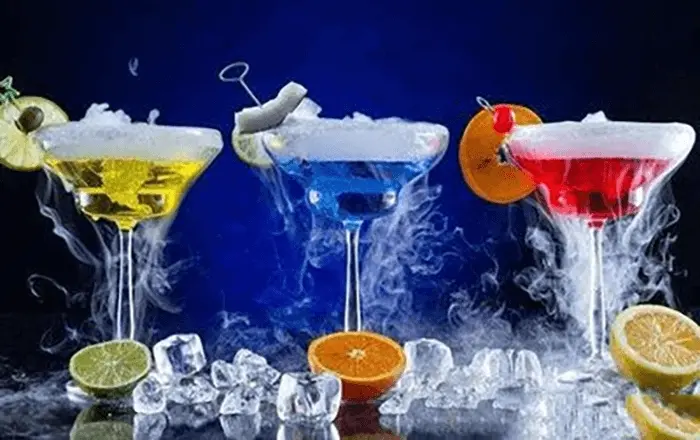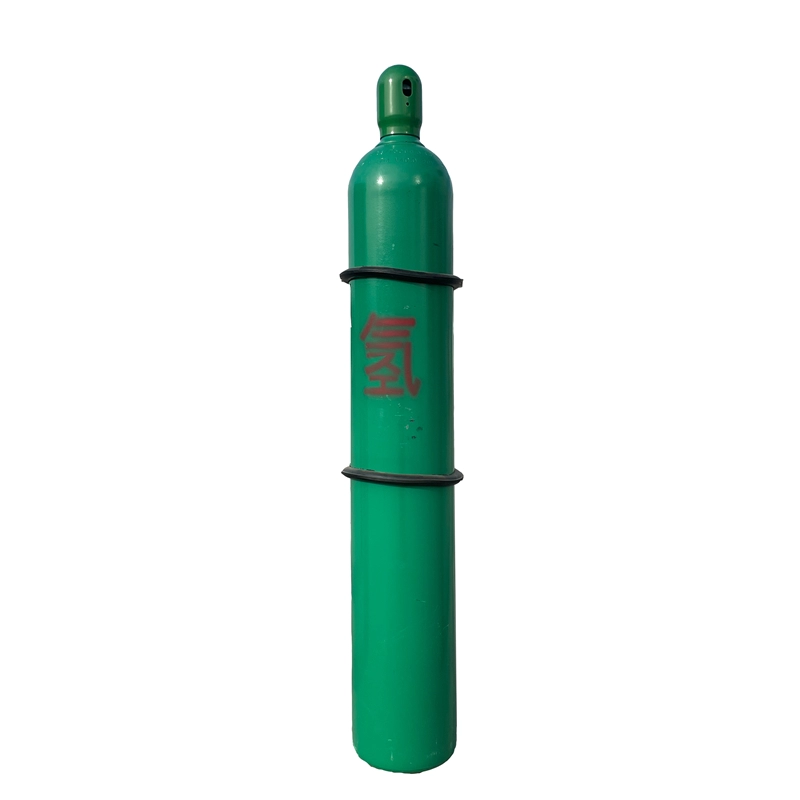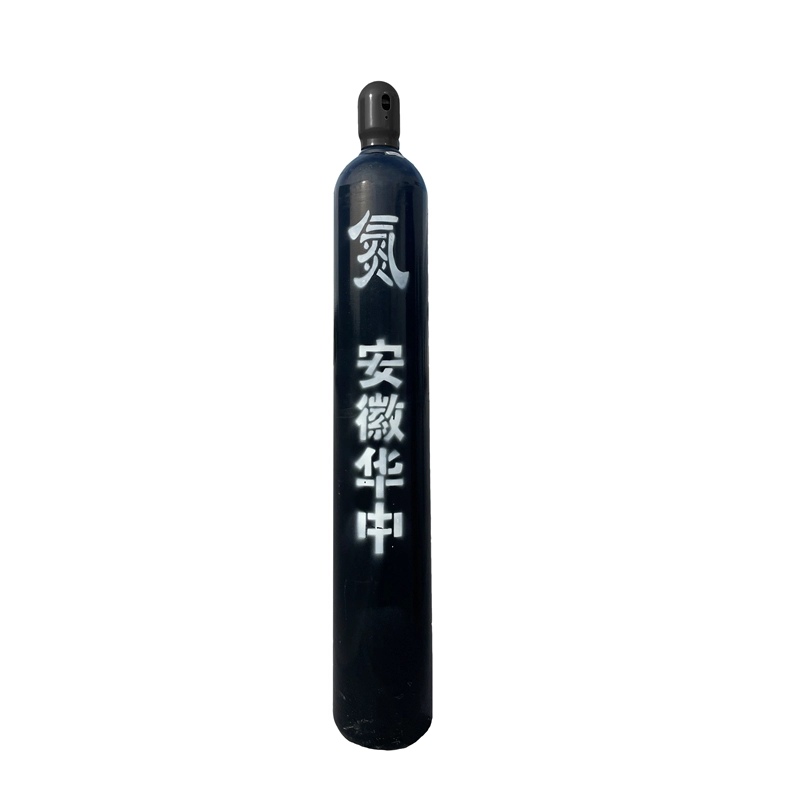Other specifications of packaging can be provided according to customer requirements




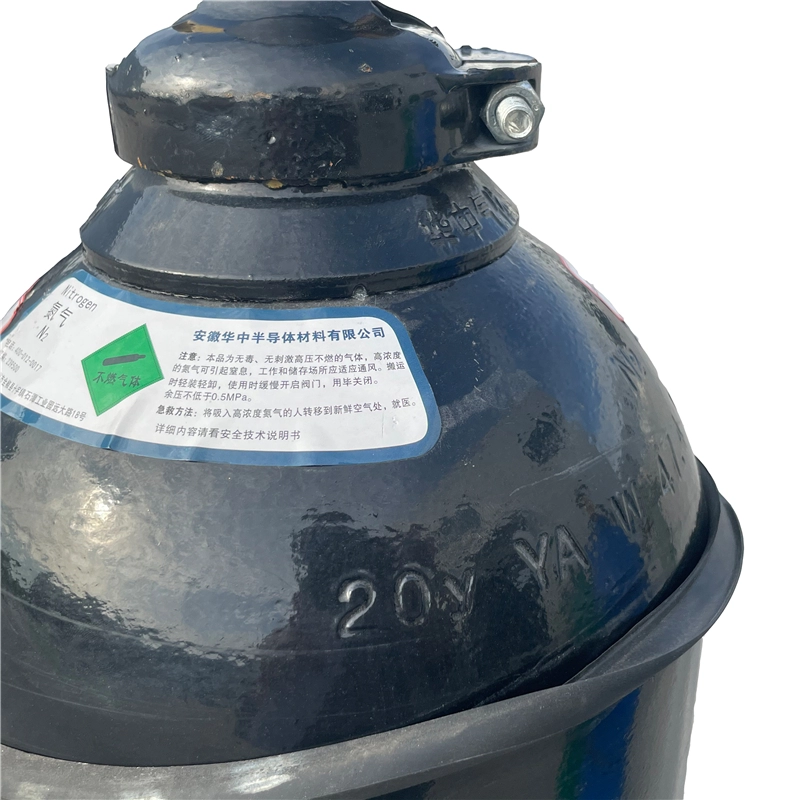











Nitrogen 99.999% purity Industrial Gas N2
Nitrogen is produced in large quantities at air separation plants which liquefy and subsequently distil air into nitrogen, Oxygen and usually Argon. If very high purity nitrogen is required the nitrogen produced may need to go through a secondary purification process. The lower range of nitrogen purities can also be produced with membrane techniques, and medium to high purities with pressure swing adsorption (PSA) techniques.
Nitrogen is often used as a protective gas because of its chemical inertness. When welding metals, rare gases such as nitrogen are used to isolate the air and ensure that the welding process is not interfered with by external factors. In addition, filling the bulb with nitrogen makes it more durable. In industrial production, nitrogen is also used to protect the bright annealing process of copper pipes. More importantly, nitrogen is widely used to fill food and granaries to prevent grain and food from rotting or germinating due to oxidation, thus ensuring its long-term preservation.
Nitrogen 99.999% purity Industrial Gas N2
Parameter
| Property | Value |
|---|---|
| Appearance and properties | Colorless, odorless gas, non-combustible. Low-temperature liquefaction to colorless liquid |
| PH value | Meaningless |
| Melting point (℃) | -209.8 |
| Boiling point (℃) | -195.6 |
| Relative density (water = 1) | 0.81 |
| Relative vapor density (air = 1) | 0.97 |
| Saturated vapor pressure (kPa) | 1,026.42 (-173 ℃) |
| Octanol/water partition coefficient | No data available |
| Flash point (℃) | Meaningless |
| Upper explosion limit % (V/V) | Meaningless |
| Lower explosion limit % (V/V) | Meaningless |
| Decomposition temperature (℃) | Meaningless |
| Solubility | Slightly soluble in water and ethanol |
| Ignition temperature (℃) | Meaningless |
| Natural temperature (℃) | Meaningless |
| Flammability | Non-combustible |
Safety Instructions
Emergency summary: No gas, the cylinder container is easy to overpressure when heated, there is a risk of explosion. Frostbite is easily caused by direct contact with liquid ammonia. GHS hazard categories: According to the chemical classification, warning label and Warning specification series standards; The product is a compressed gas under pressure.
Warning word: Warning
Danger information: Gas under pressure, if heated can explode.
Precautions:
Precautions: Keep away from heat sources, open flames, and hot surfaces. No smoking in the workplace.
Accident response: cut off the leakage source, reasonable ventilation, accelerate diffusion.
Safe storage: Avoid sunlight and store in a well-ventilated place.
Disposal: This product or its container shall be disposed of in accordance with local regulations.
Physical and chemical hazards: no gas, the cylinder container is easy to overpressure when heated, and there is a risk of explosion. High concentration inhalation can cause suffocation.
Exposure to liquid ammonia can lead to frostbite.
Health hazard: the nitrogen content in the air is too high, so that the oxygen partial pressure of the inhaled gas drops, causing lack of asphyxia. When the concentration of nitrogen is not too high, the patient initially felt chest tightness, shortness of breath, and weakness. Then there is restlessness, extreme excitement, running, Shouting, trance, gait instability, called “nitrogen moet tincture”, can enter a coma or coma. In high concentrations, patients can quickly become unconscious and die from respiratory and cardiac arrest.
Environmental harm: No harm to the environment.

